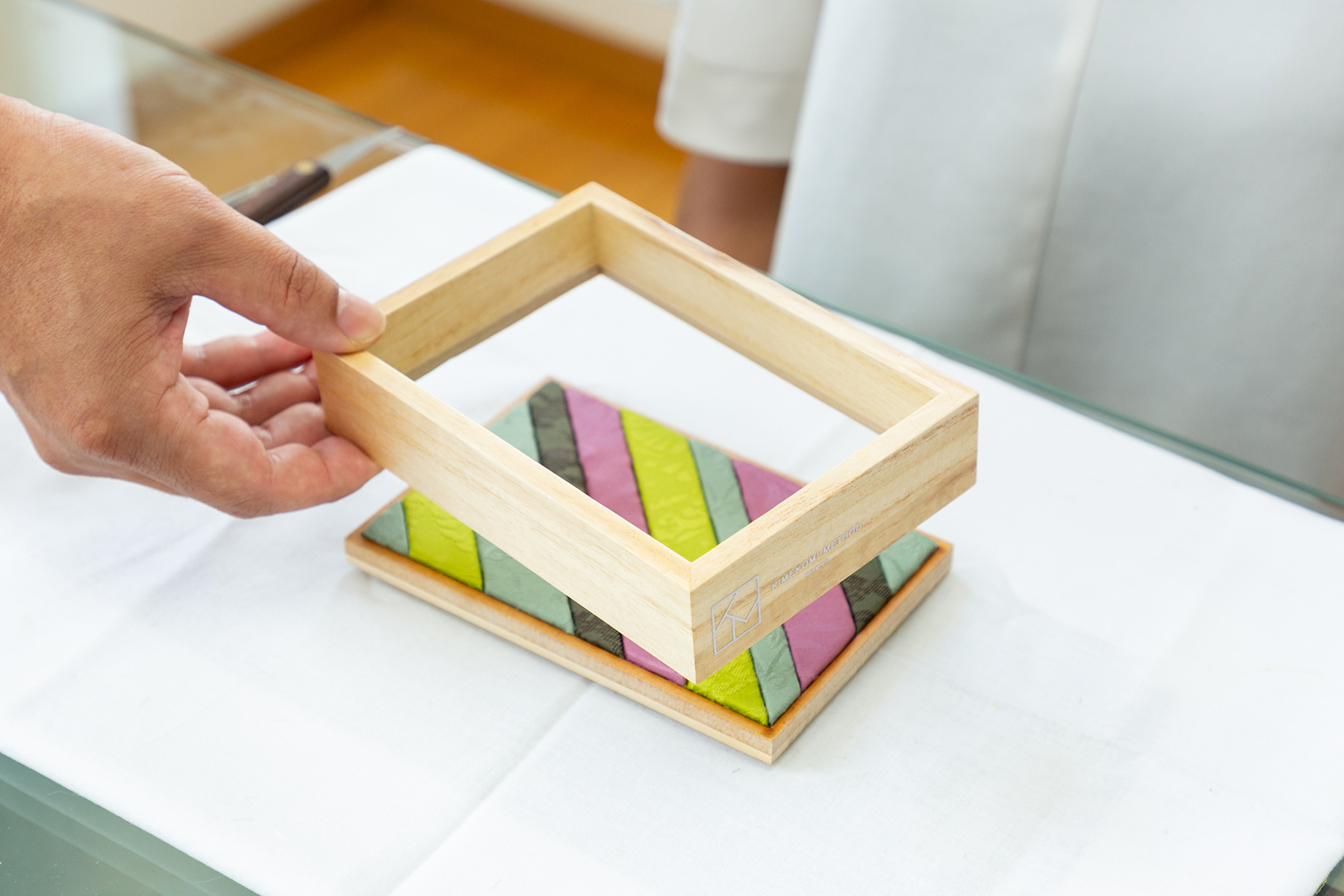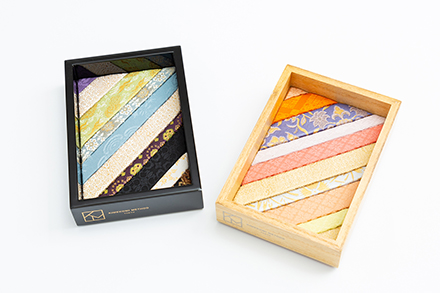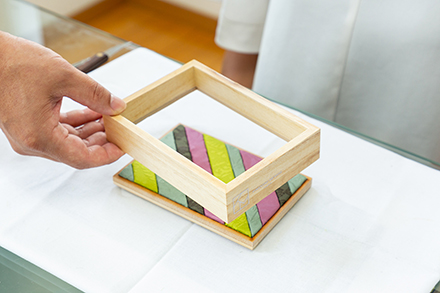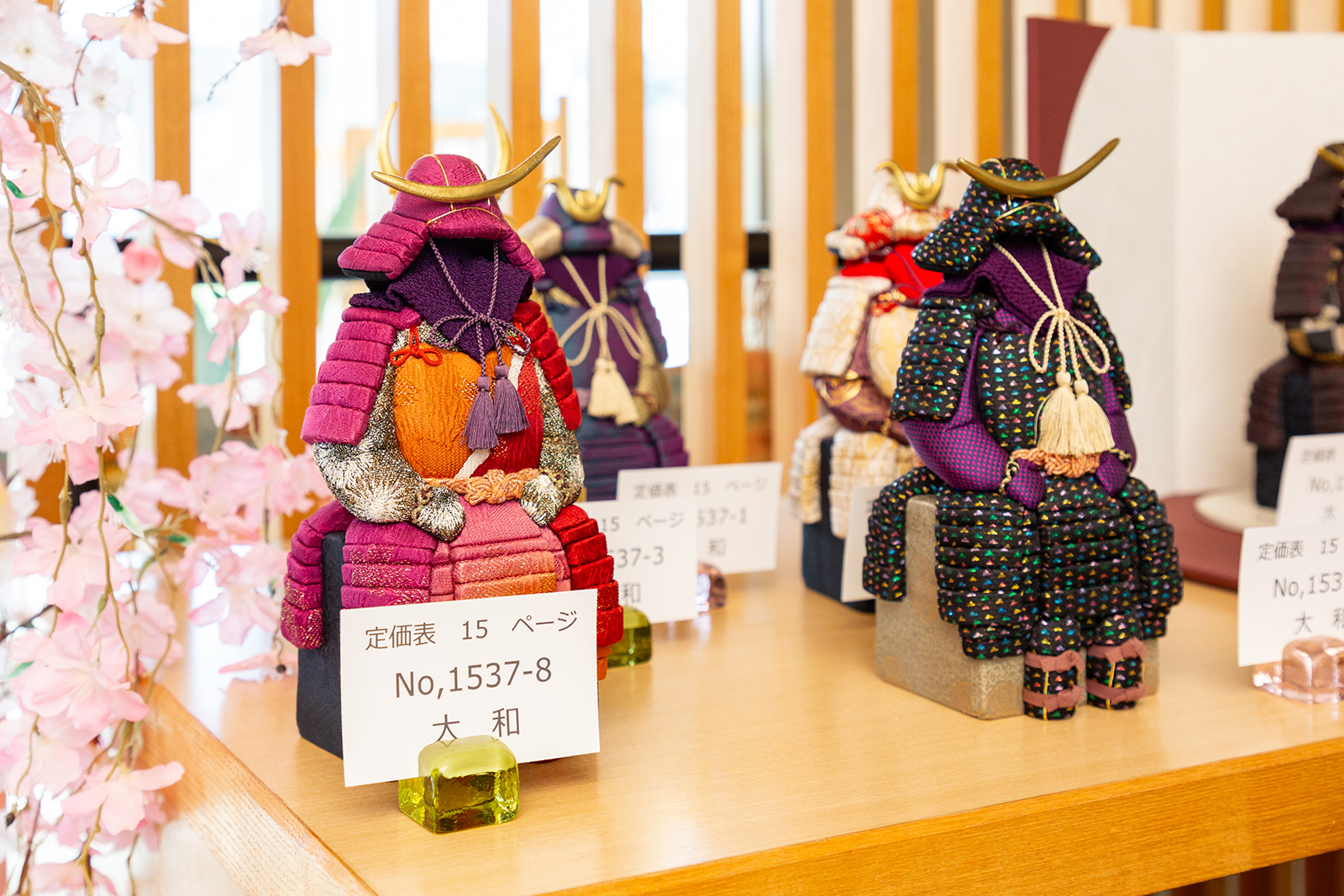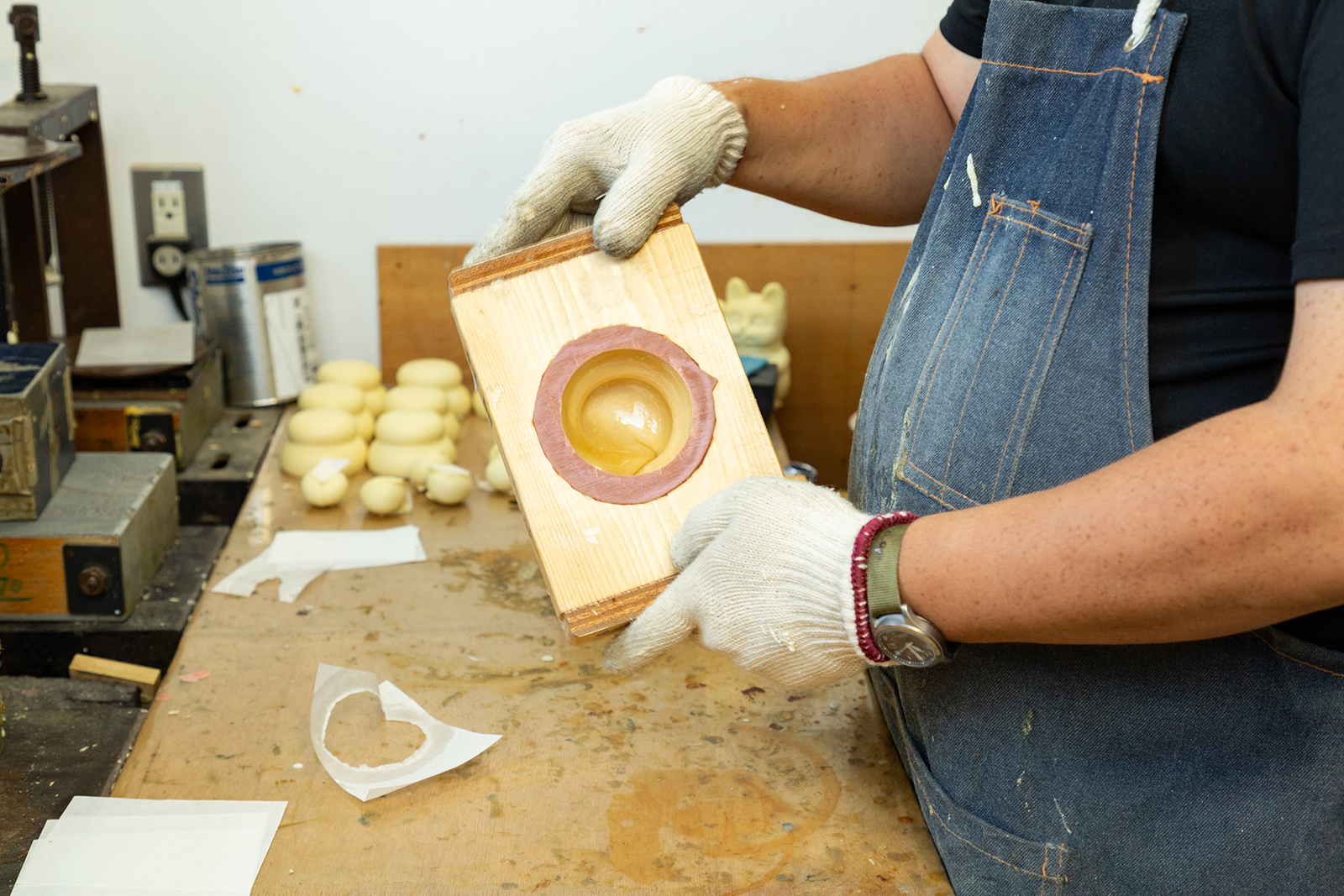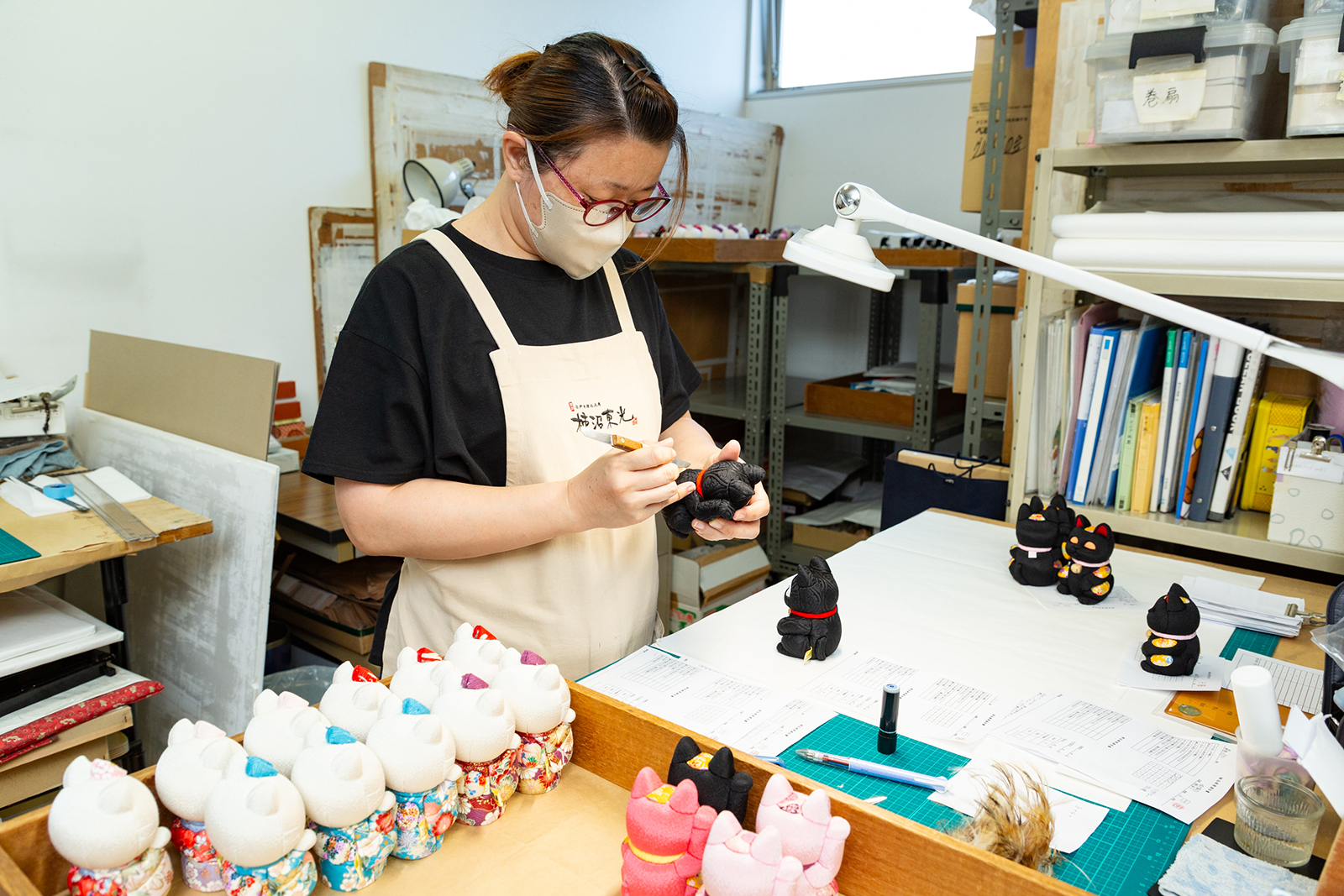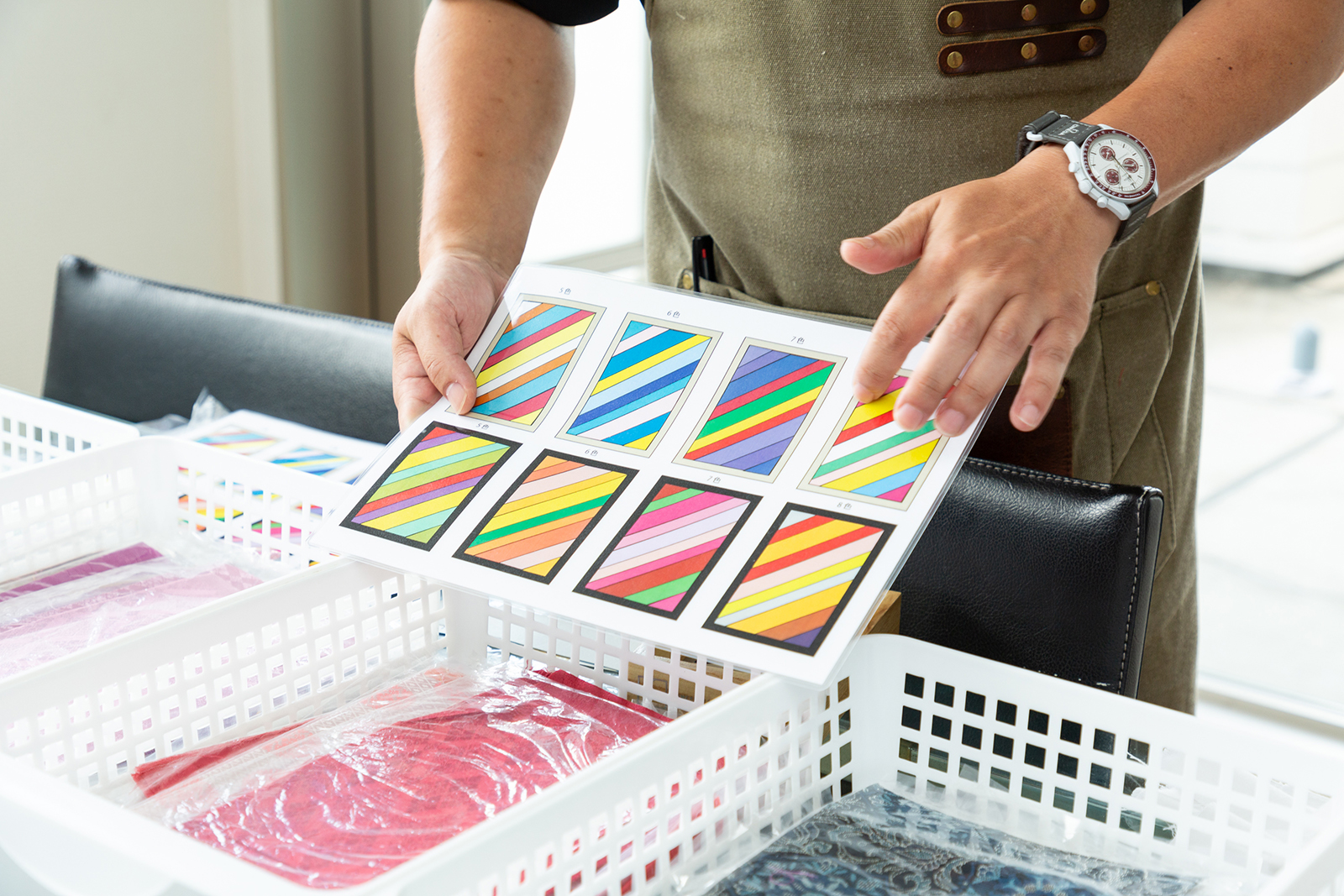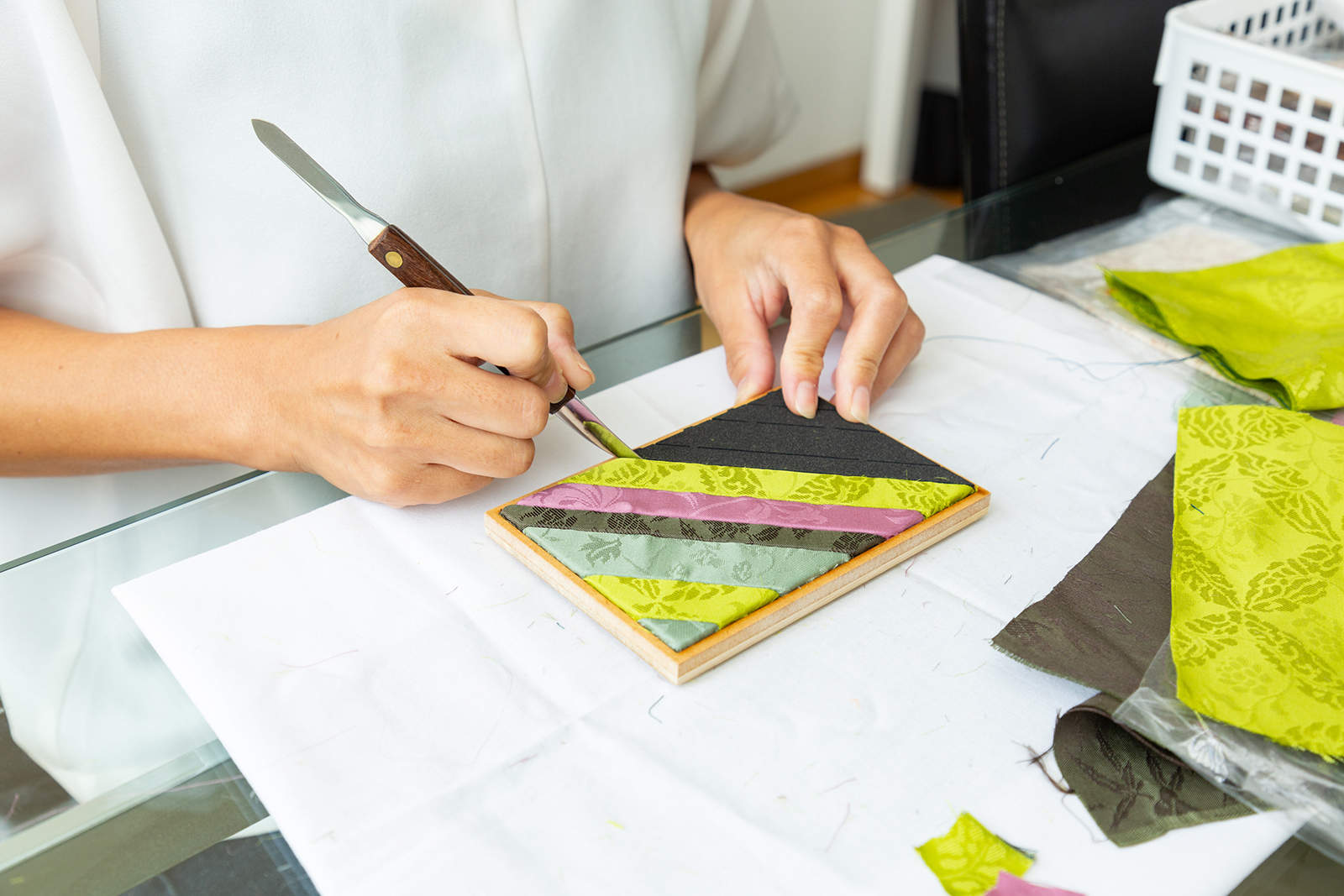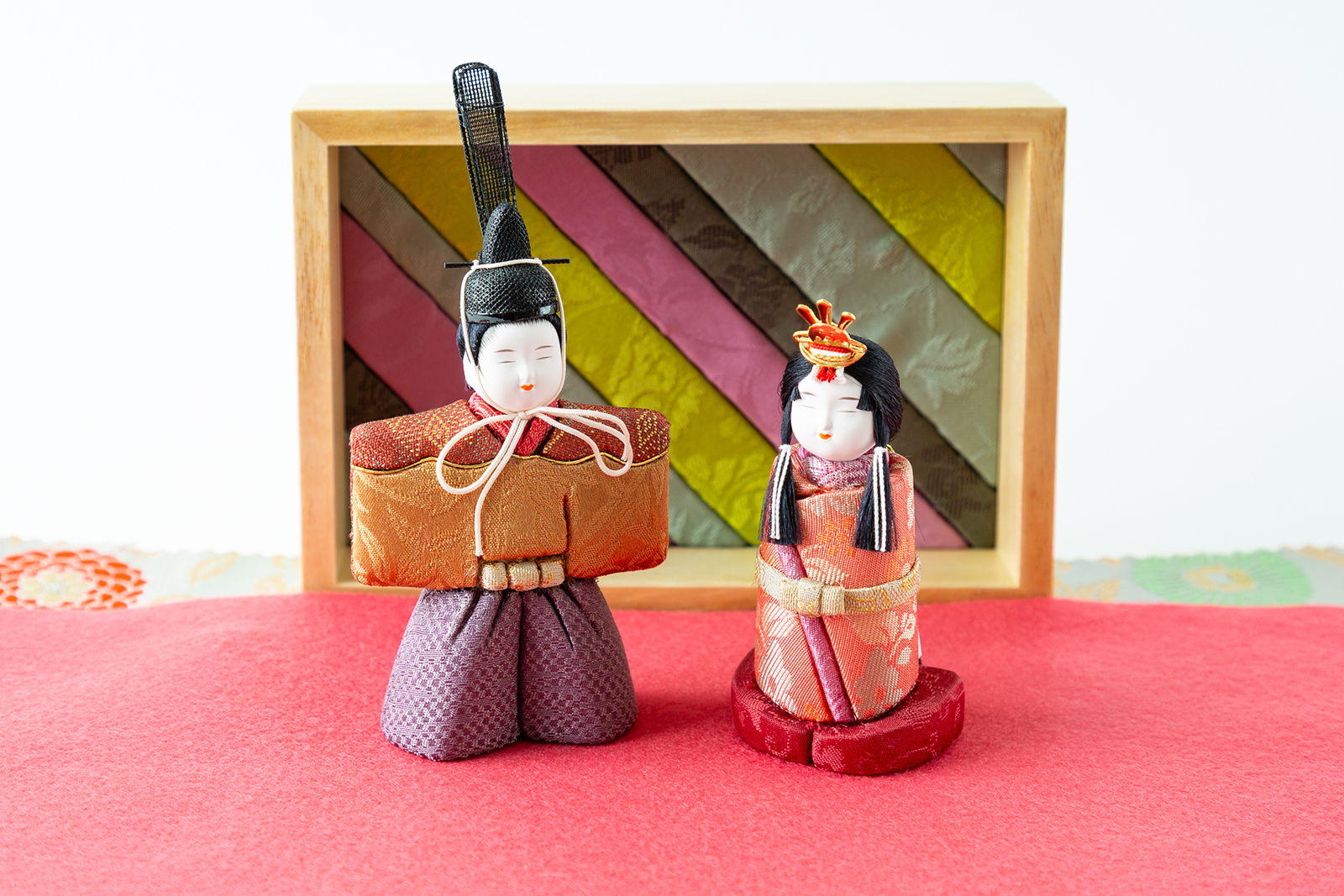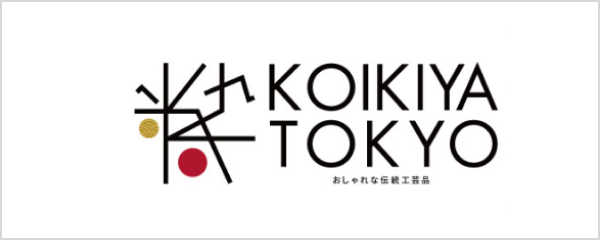Sekku dolls and their beginnings as Kimekomi dolls
Kimekomi is the practice of etching thin grooves into the folds of a garment or border of a piece of cloth and inlaying cloth within those grooves. The Kimekomi doll tradition was supposedly born around 1740, when Hiroshige Takahashi, who served at Kyoto's Kamigamo Jinja Shrine, created dolls out of wood chips for festivals and inlaid the shrine costumes on those dolls.
Afterward, Kimekomi dolls began to catch on around Edo. Molds were made, allowing them to be mass produced. Kimekomi dolls developed into Sekku Ningyo (seasonal doll), and have been a tradition passed down ever since.
The unique style of the creator is a strong component of Kimekomi dolls
The characteristic of Kimekomi dolls is that they do not limit themselves to tradition, but instead have incorporated new elements as they develop. Because of this, they tend to have a strong sense of the unique creator in their handiwork. In a field where many traditional craftworks strive to collaborate with designers, Kimekomi dolls can be thought of as a pioneer in that arena.
At Kakinuma Ningyo, in addition to dolls for the celebrational sekku seasons, they have developed the maneki-neko series out of a desire for people to make Kimekomi dolls a part of their lives. And as a result, Kimekomi dolls have merged into the daily worlds of many satisfied customers.
Select fabrics that fuels a rainbow of imagination
The Kimekomi tray crafting activity starts by selecting your choice from between a black frame and an empress tree frame. After selecting your frame, select the 10 pieces of fabric you will inlay. If all 10 pieces you select have different colors and patterns, it can actually wind up being difficult to line them up in a pleasing order.
Slightly curbing the number of colors you select, instead of going wild, can result in a more beautiful final pattern. The order of inlaying the colors will change the ambience of the tray, so this is an activity that engages the imagination fully right from the starting process.
Inlay each section carefully and calmly
First, a professional artisan cuts your chosen fabrics to the appropriate sizes. Then, using a tool called a modeler, you press the cut fabric one-by-one into the board and inlay (kimekomi) it. The tray is flat, so the process actually does not feel that difficult at all. But if you select a stiff fabric, inlaying can wind up being a bit hard after all. However, stiff fabric has a gorgeous appearance once it is finished that makes your effort worthwhile.
As a souvenir, select a doll to display along with the tray
Repeat the inlaying work until the entire tray is covered, and then you are done. Our original Kimekomi-dolls are also available as your option for those wish to decorate with your tray, therefore, you can choose and pick your favorite ones and enjoy their gorgeousness and warmth at home.
Time spent inlaying is time spent exploring your own creativity
By providing this crafting activity, Kakinuma Ningyo not only would like you to learn about the Kimekomi tradition as a representative of the Japanese Wabi-Sabi aesthetic, it also wishes you to explore your own sense of creativity and sensibility through the experience.
This activity of inlaying each and every groove will usher you into a world of pleasurable artistic immersion.
Kakinuma Ningyo Co., Ltd. is a workshop for manufacturing and selling Edo Kimekomi dolls that launched in 1950. Initially after inception, it situated its headquarters in Arakawa-ku, Tokyo. In response to business expansion, in 1982 it relocated to its current location in Koshigaya City, Saitama Prefecture. Toko Kakinuma, the second generation master, possesses an impressive history of awards for his creative doll crafting.





